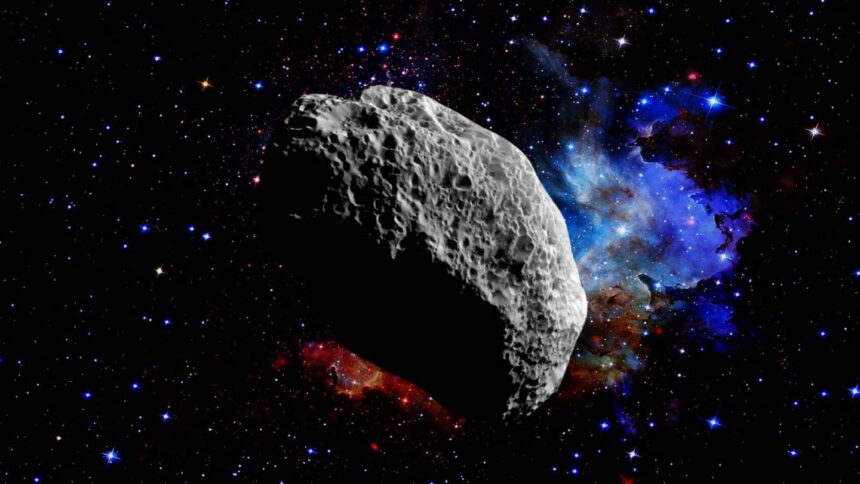NASA has introduced that every other massive asteroid will come near Earth, exceptionally speaking, in the course of its area travels. The celestial frame is being monitored beneathneath the distance agency’s Near-Earth Objects (NEOs) center, which identifies and continues music of big area rocks that would probably pose a danger to our planet. Fortunately, and as with different close to fly-with the aid of using occasions, NASA says we don’t have something to fear approximately.
7482 (1994 PC1) will zoom beyond Earth
The asteroid scheduled to leap beyond Earth on January 18 is called “7482 (1994 PC1),” and it’ll be travelling at a blistering pace of round 47,000 MPH, in step with NASA. As its call suggests, this asteroid became first determined in 1994 (through Space Reference); it’s miles categorised as a close to-Earth item and NASA considers it in all likelihood unsafe because of its trajectory, which lets in it to byskip exceptionally near our planet.
Though the asteroid is a close to-Earth item, it’ll most effective get inside approximately 1.2 million miles of Earth. That’s a big distance — though, in area terms, it’s miles taken into consideration a near fly-with the aid of using. Experts are positive the asteroid won’t hit Earth whilst it processes subsequent week, and it’ll be round 2 hundred years earlier than the distance rock returns for every other byskip.
Close sufficient to peer
Knowing the asteroid won’t effect Earth and activate a series of absolutely disastrous occasions aside, there’s a few suitable information approximately this specific flyby: you’ll be capable of see the occasion take place, assuming you personal a telescope and the climate on your place is favorable.
EarthSky reviews that a small telescope ought to be enough for watching the asteroid as its passes Earth. The complicated component is that the telescope ought to be located at simply the proper spot whilst the asteroid passes, plus the sky ought to be clear. The actual time to search for the asteroid relies upon for your location.
The document states that for folks that are positioned in North America, the quality time to peer the asteroid can be round 10 PM EST on January 18. Amateur astronomers are cautioned to factor their telescopes on the big name HIP 7011, then wait a couple of minutes and watch intently for the asteroid to byskip very near the big name.
Attaching a digital digicam to a telescope and shooting long-publicity pics will also be useful, as it’ll document some thing passes thru the sphere of view whilst the shutter is open. There is a capability catch, however, that is that visibility will rely on the climate — if it’s cloudy on your vicinity whilst the asteroid passes with the aid of using, you could now no longer be capable of witness it for yourself.


Leave a Reply